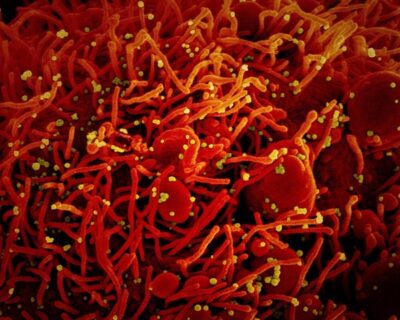
3 servings of whole grains each day may reduce the risk of heart disease.
- According to research, higher whole grain consumption has been linked to reduced spikes in certain heart disease risk factors.
- This could be because refining reduces fiber and heart-healthy minerals, according to nutritionists.
- People should consume at least three servings of whole grains every day.
According to new research published in The Journal of Nutrition, eating
whole grains is linked to lesser increases in waist circumference, blood pressure, and blood sugar.
This was especially true for middle-aged and older persons who consumed at least three servings each day.
Those who consumed less than one-half of a serving each day fared poorly.
Increasing your intake of whole grains lowers your risk of heart disease.
The study’s purpose was to see how whole grain versus refined grain consumption affected several risk factors for heart disease, such as waist circumference, blood pressure, blood sugar, triglycerides, and HDL cholesterol.
The researchers used data from the Framingham Heart Study Offspring Cohort to analyze these risk variables, which began in the 1970s.
The total number of persons that took part in the study was 3,121. The majority were white, and the average age was in the mid-50s.
The researchers looked at the health outcomes of the subjects over a median of 18 years to see how whole and refined grains affected their health.
They looked at changes across four years and compared them.
The researchers discovered that people who ate more whole grains had smaller waistlines.
Furthermore, those who ate fewer servings of whole grains had higher blood sugar and systolic blood pressure.
Lower triglyceride levels were also associated with a lower intake of refined carbohydrates.
Whole grains are high in fiber and minerals that are good for your heart.
Whole grains are better for humans because they include all edible portions of the grain kernel: the bran, the germ, and the endosperm, according to Mary-Jon Ludy, Ph.D., chair of the Department of Public & Allied Health and associate professor of Food & Nutrition at Bowling Green State University in Ohio.
She added that when grains are refined, the fiber-rich bran and nutrient-rich germ are removed. The endosperm, which is left behind, is mostly starchy carbohydrates with a tiny quantity of vitamins and minerals.
These missing components, according to Ludy, serve critical functions in human health.
She explained, “Fiber helps to maintain stable blood sugar levels, decrease cholesterol, and support good digestion.”
“Fiber in combination with B vitamins (thiamin, riboflavin, niacin), vitamin E, and minerals (iron, magnesium, selenium, zinc) offers a slew of disease-prevention benefits, including lower inflammation and lower rates of heart disease, hypertension, stroke, type 2 diabetes, colon cancer, and obesity.”
However, she did want to point out that refined grains may be fortified with elements like folic acid that aren’t found in whole grains. It’s a good idea to make sure you’re receiving enough folic acid if you’re trying to boost your whole grain intake, especially if you’re pregnant or may become pregnant.
How can you include more whole grains in your diet?
The Dietary Guidelines for Americans suggest at least three servings of whole grains per day, according to Colleen Tewksbury, Ph.D., national spokesperson for the Academy of Nutrition and Dietetics.
Refined grains should be consumed in moderation, no more than three times a week.
A serving of pasta, oats, quinoa, or rice is normally the size of a small slice of bread or a half-cup of cooked grain product.
“A good place to start,” Tewksbury added, “is to look at what refined grain meals you already eat and see if you can replace them with whole-grain versions.”
“Are you eating pasta?” “You might try substituting whole-grain pasta,” she said. “The same may be said for bread and other bread products.”
Checking for the whole grains stamp, according to the Oldways Whole Grains Council, is an easy method to tell if a food contains whole grains. They claim that eating three servings of 100 percent whole grains or six servings of any whole grain stamp will get you to the recommended amount of whole grains.
Whole grains can be identified using a variety of terms, including:
- whole-grain [name of grain]
- whole wheat
- The whole [other grain]
- The stoneground whole [grain]
- brown rice
- oats, oatmeal (including old-fashioned oatmeal, instant oatmeal)
- wheatberries





